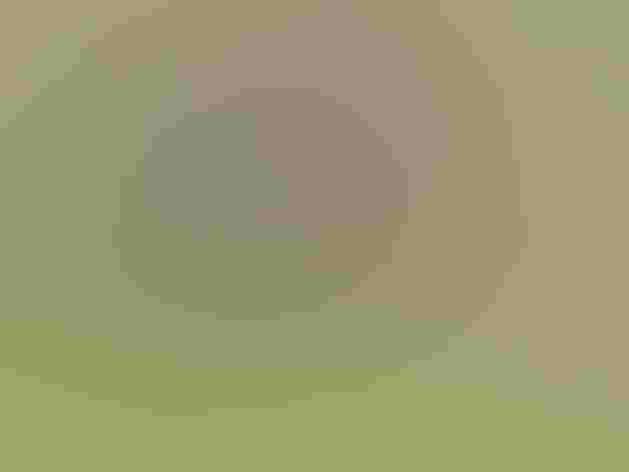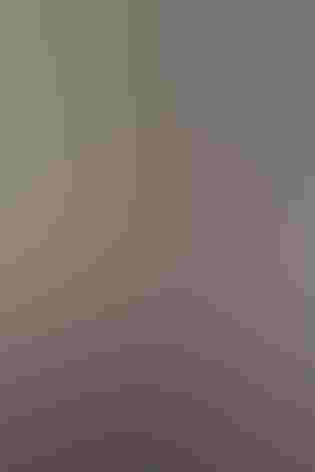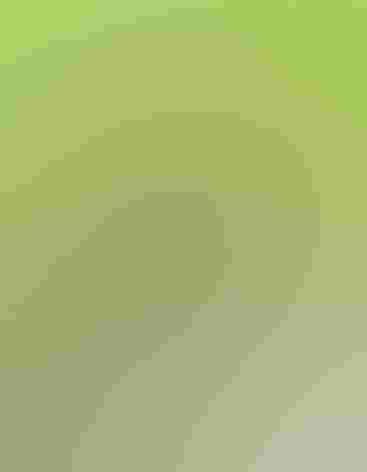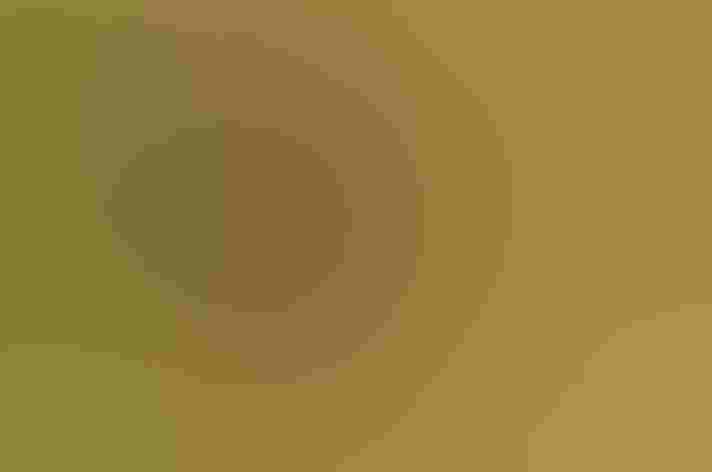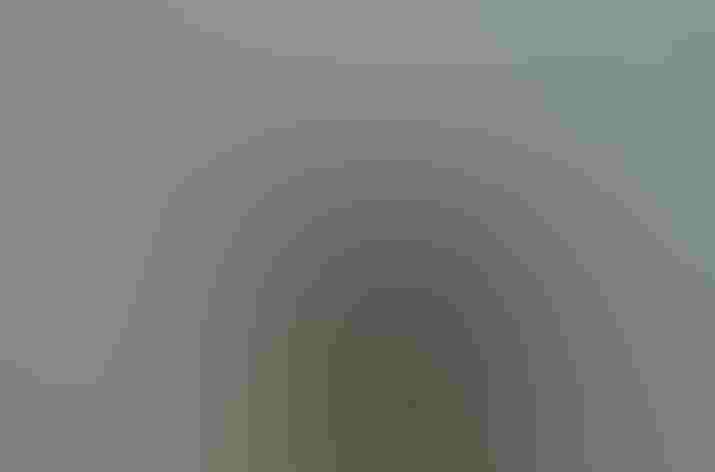Glossy Ibis
At a Glance
Flocks of Glossy Ibises wade in the shallows of eastern marshes, probing for food with their sickle-shaped bills. Widespread in the Old World, the species is found in the New World mainly in the West Indies and along our Atlantic Coast, especially Florida, where it was quite scarce as recently as the 1930s. It may have invaded within the last few centuries, riding the trade winds across from West Africa to the Caribbean.
All bird guide text and rangemaps adapted from Lives of North American Birds by Kenn Kaufman© 1996, used by permission of Houghton Mifflin Harcourt Publishing Company. All rights reserved.
Category
Ibises and Spoonbills, Long-legged Waders
IUCN Status
Least Concern
Habitat
Coasts and Shorelines, Fields, Meadows, and Grasslands, Freshwater Wetlands, Lakes, Ponds, and Rivers, Saltwater Wetlands
Region
Eastern Canada, Florida, Great Lakes, Mid Atlantic, New England, Plains, Southeast, Texas
Behavior
Direct Flight, Flap/Glide, Formation, Rapid Wingbeats, Soaring
Population
550.000
Range & Identification
Migration & Range Maps
Withdraws from northern part of breeding range in winter. Migrates in flocks, moving south relatively early. Singles and small flocks sometimes wander far north and inland, especially in spring and summer.
Description
22-25" (56-64 cm). W. 3'1 (94 cm). Very dark, with curved bill. In good light, adult shows chestnut body, green and purple and pink gloss on wings. In breeding season, slaty face skin has narrow pale blue border.
Size
About the size of a Heron, About the size of a Mallard or Herring Gull
Color
Black, Brown, Green, Red
Wing Shape
Broad, Long, Rounded
Tail Shape
Short
Songs and Calls
Low grunts and higher-pitched bleats.
Call Pattern
Flat, Undulating
Call Type
Croak/Quack, Raucous
Habitat
Marshes, rice fields, swamps. Forages in shallow waters, favoring marshes (either fresh or salt), flooded fields, shallow ponds, estuaries. Nests in low stands of willows and other shrubs surrounded by marsh, on ground in spartina marsh, in dense thickets of trees and shrubs on higher ground, sometimes in mangroves.
Sign up for Audubon's newsletter to learn more about birds like the Glossy Ibis
Behavior
Eggs
3-4, sometimes 1-5. Pale blue or green. Female does more of incubation than male: all night, part of day. Incubation period about 21 days.
Young
Both parents feed young, by regurgitation. By age of 2-3 weeks, young may wander or climb about near nest. First attempt to fly at 4-5 weeks. At 6-7 weeks, young can fly well, may go to feeding areas with parents.
Feeding Behavior
Forages mostly by wading in shallow water, probing in soft mud for food. Also picks up insects and other visible items from surface of water or soil.
Diet
Mostly insects and crayfish. Feeds on beetle larvae in soft soil, also adults and larvae of many aquatic insects. Crayfish may be main food in some areas. In Florida, reported to eat many small snakes. Also may eat leeches, snails, crabs, frogs, small fish.
Nesting
Breeds in colonies, sometimes associated with other kinds of wading birds. Nest site is in shrubs or low trees over water or over land, or on ground on island. Nest (built by both sexes) is bulky platform of sticks and marsh plants, with a shallow depression at center. Adults may continue adding to nest throughout the period of incubating the eggs and feeding the young.
Conservation
Conservation Status
North American population greatly increased, and expanded range northward, during 20th century. In some areas, apparently has declined somewhat since 1970s.
Climate Threats Facing the Glossy Ibis
Choose a temperature scenario below to see which threats will affect this species as warming increases. The same climate change-driven threats that put birds at risk will affect other wildlife and people, too.

